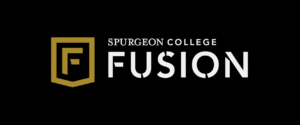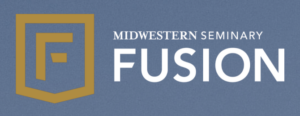It is that time of year again. Bible colleges and seminaries are gearing up for the return of theological students. Church history, systematic theology, and language study will commence once again. For those who are beginning, or continuing the study of Hebrew, Dr. Jason DeRouchie has coauthored a Hebrew Grammar. This is an excellent resource for students of Hebrew. Whether you are a pastor, a professor, or a student and begin to think through what texts might be helpful in learning Hebrew, we would ask that you consider this volume by Dr. Duane Garrett and Dr. Jason DeRouchie.
4. The Phonetic Value of the Alphabet
For learning the alphabet, Hebrew consonants can be divided conveniently into six groups: begadkephat letters, sibilants, ט and ק, gutturals, liquids, and nasals. These six groups are not built around phonetic definitions of the Hebrew consonant system, although some pho- netic terminology is used. These groups simply provide a framework for learning to pro- nounce the letters of the Hebrew alphabet.
a. Begadkephat Letters
Referred to as the begadkephat letters (from the artificial memory words ְבּ ַגד ְכּ ַפת ), the let- ters פ ,כ ,ד ,ג ,ב, and ת are unique in that each has two distinct phonetic values. Each of these may be found with a dot called a Daghesh Lene (e.g., בּ) or without the Daghesh Lene .(ב ,.e.g)
(1) If the Daghesh Lene is present, the letter is a plosive, like the English B.
(2) If there is no Daghesh Lene, the sound is a fricative or spirant (there is a strong breathing sound, as with the English V sound).
Read the rest here: Hebrew Grammar: An Excerpt






